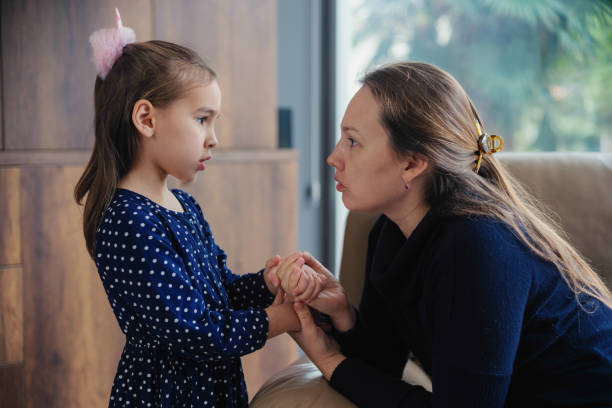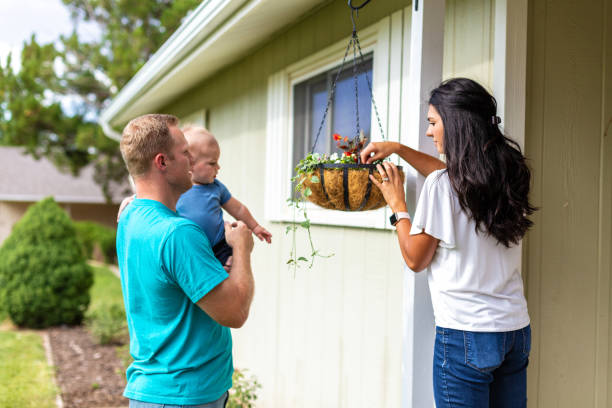
Navigating Tough Times: Helping Children Understand Divorce And Separation
Divorce and separation are life-altering events that can be challenging for everyone involved, especially children. They often find themselves caught in the emotional crossfire, trying to make sense of the changes happening around them. As a parent or caregiver, Helping Children Understand Divorce And Separation is crucial to ensure they feel supported, loved, and secure during this transition.
This guide will provide practical advice, effective strategies, and essential insights into Helping Children Understand while maintaining their emotional well-being.
Why Helping Children Understand Divorce And Separation Matters
Divorce and separation can leave children feeling confused, scared, or even guilty. They might wonder if they are the reason for the split or worry about how their lives will change. Helping Children Understand Divorce And Separation is vital because it:
- Reduces Anxiety: Open communication helps alleviate fears and uncertainties.
- Builds Trust: Honesty fosters a sense of security and stability.
- Encourages Emotional Expression: Children feel safe to share their feelings and ask questions.
- Strengthens Relationships: Clear explanations and reassurance nurture parent-child bonds.
By taking a proactive approach, you can guide your child through this process with love and understanding.
Step 1: Open and Honest Communication
1. Use Age-Appropriate Language
When Helping Children, tailor your explanations to their age and comprehension level:
- Young Children: Use simple, clear terms. For example, “Mom and Dad are going to live in different houses, but we both love you very much.”
- Older Children: Provide more context while avoiding unnecessary details. Encourage them to ask questions.
2. Reassure Them It’s Not Their Fault
Children may internalize blame for the separation. Remind them repeatedly that the decision is between the adults and has nothing to do with them.
3. Be Honest About Changes
Discuss the upcoming changes openly, such as living arrangements, school routines, or visitation schedules. Transparency helps children prepare and adjust.
Step 2: Addressing Emotional Reactions
1. Validate Their Feelings
Children may experience a range of emotions, including sadness, anger, confusion, or fear. Let them know their feelings are normal and valid:
- “It’s okay to feel sad about this.”
- “I’m here to listen whenever you want to talk.”
2. Encourage Expression
Provide opportunities for children to express their emotions through:
- Talking: Create a safe space for open conversations.
- Art or Writing: Drawing or journaling can help them process their feelings.
- Play: Younger children may use play as a way to communicate.
3. Monitor for Behavioral Changes
Keep an eye out for signs of emotional distress, such as withdrawal, aggression, or changes in sleep patterns. These may indicate they need additional support.

Step 3: Helping Children Understand Divorce And Separation: Maintaining Stability and Routine
1. Stick to a Consistent Schedule
Stability is crucial when Helping Children. A predictable routine provides a sense of normalcy and security.
2. Collaborate with Co-Parents
Work together with your co-parent to create a harmonious plan. Avoid arguing or discussing conflicts in front of the children.
3. Ensure Equal Time and Attention
If possible, maintain balanced visitation schedules so children feel equally loved and valued by both parents.
Step 4: Helping Children Understand Divorce And Separation: Seeking Professional Support
1. Consider Counseling
Professional therapists can provide valuable tools and techniques for Helping Children Understand. Family counseling sessions can also strengthen communication and understanding.
2. Utilize School Resources
Inform your child’s teacher or school counselor about the situation. They can offer additional support and monitor your child’s behavior at school.
3. Join Support Groups
Connecting with other families going through similar experiences can help both you and your child feel less alone.
Step 5: Helping Children Understand Divorce And Separation: Avoiding Common Pitfalls
1. Don’t Use Children as Messengers
Avoid asking your child to relay messages between you and your co-parent. This places unnecessary stress on them.
2. Refrain from Negative Talk
Speaking negatively about the other parent can harm your child’s emotional well-being. Focus on positivity and reassurance instead.
3. Avoid Overloading with Details
Children don’t need to know every aspect of the separation. Keep explanations age-appropriate and relevant.
Helping Children Understand Divorce And Separation: Helping Children Thrive Post-Separation
1. Encourage Quality Time
Spend meaningful time with your child doing activities they enjoy. This reinforces your bond and helps them feel valued.
2. Foster Resilience
Teach problem-solving skills and model healthy coping mechanisms to help your child navigate challenges confidently.
3. Celebrate Progress
Acknowledge and celebrate your child’s milestones and achievements, no matter how small. This builds their self-esteem and optimism.
Helping Children Understand Divorce And Separation: Supporting Your Child’s Emotional Journey
Helping Children Understand is a journey that requires patience, empathy, and open communication. By providing a stable environment, validating their feelings, and seeking professional support when necessary, you can guide your child through this challenging time with love and understanding.
What strategies have worked for you in Helping Children Understand Divorce And Separation? Share your experiences and tips in the comments below! And remember, RelationshipsSolution.com is your trusted source for expert advice, helpful tools, and supportive resources to navigate every stage of your relationships. Visit us today and find more ways to strengthen your family connections.


